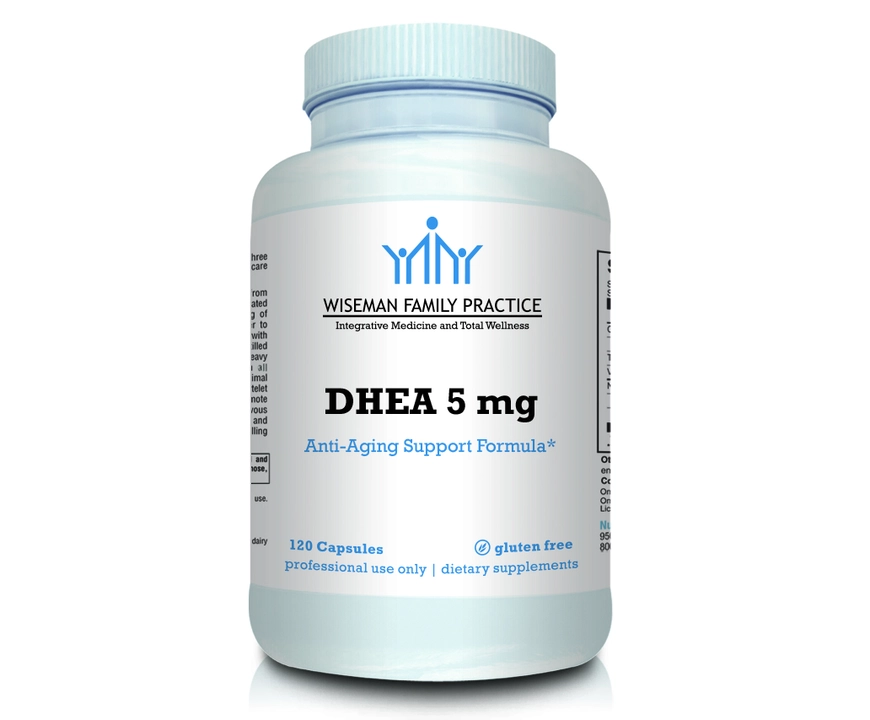Pain Relief: Practical Options You Can Try Today
Dealing with pain is exhausting. Whether it’s a headache, joint ache, or nerve pain, small changes can cut symptoms and help you sleep better. Here’s a straightforward guide to what works, what’s risky, and when to get help.
Fast, safe over-the-counter choices
For mild to moderate pain, start with acetaminophen or an NSAID. Acetaminophen (paracetamol) helps headaches and general aches—stick to label limits (generally up to 3,000–4,000 mg a day depending on the product and your liver health). NSAIDs like ibuprofen or naproxen reduce inflammation and work well for muscle and joint pain. Use the lowest effective dose for the shortest time. If you have stomach ulcers, kidney disease, or heart problems, talk to your doctor before using NSAIDs.
Topical options are good when pain is localized. A lidocaine patch eases nerve-related discomfort; capsaicin cream can reduce joint and neuropathic pain if used consistently for weeks. Topicals have fewer systemic effects than pills, so they’re a smart first step for many people.
When pain is nerve-related or long-lasting
Neuropathic pain (burning, numbness, tingling) often won’t respond well to standard OTC meds. Common prescriptions include gabapentin or pregabalin. Some people try low-dose naltrexone (LDN) off-label for nerve pain; small trials and clinical reports show promise, but it’s not a first-line, and you should only try it under medical supervision.
For migraine prevention, options range from older drugs like beta-blockers and amitriptyline to newer injectable CGRP blockers (e.g., Ajovy). If a medication isn’t working or causes bad side effects, ask your clinician about alternatives rather than stopping abruptly.
Non-drug strategies can change the game. Physical therapy that focuses on graded movement, targeted exercise, and posture often reduces pain more than bed rest. Cognitive behavioral therapy (CBT) helps with pain coping and improves sleep. Keeping a regular sleep schedule, maintaining a healthy weight, and gentle daily activity (even 20–30 minutes of walking) all help lower pain long-term.
Watch for red flags. See urgent care or call your doctor if you have sudden severe pain, fever with pain, new weakness or numbness, loss of bladder/bowel control, or pain after a serious injury. These need fast attention.
If you shop for medications online, use pharmacies that require a prescription, show a physical address and phone number, and have clear reviews. If a site sells prescription drugs without asking for a prescription or prices look unrealistically low, walk away.
Start small: try a safe OTC approach, add topical treatments, and combine with movement and sleep changes. If pain persists or feels different, talk to a clinician—there are effective options beyond pills that can help you get back to normal life.
Motrin: Everything You Need to Know About Ibuprofen Pain Relief
Find out what Motrin is, how it works, when to take it, and what side effects to watch for. This article explores the science behind Motrin, tips for safe use, myths about ibuprofen, and answers common questions. Get trustworthy, practical info to take charge of your pain relief decisions.
Boneset: The Time-Tested Dietary Supplement for Immune Support, Pain Relief, and Beyond
As a blogger, I recently discovered the incredible benefits of Boneset, a time-tested dietary supplement. This natural remedy, derived from the Eupatorium perfoliatum plant, is known to provide immune support, pain relief, and so much more. I've found that incorporating Boneset into my daily routine has significantly improved my overall health. Its anti-inflammatory and immune-boosting properties have truly been a game-changer for me. If you're looking for a natural supplement to support your well-being, I highly recommend giving Boneset a try!







